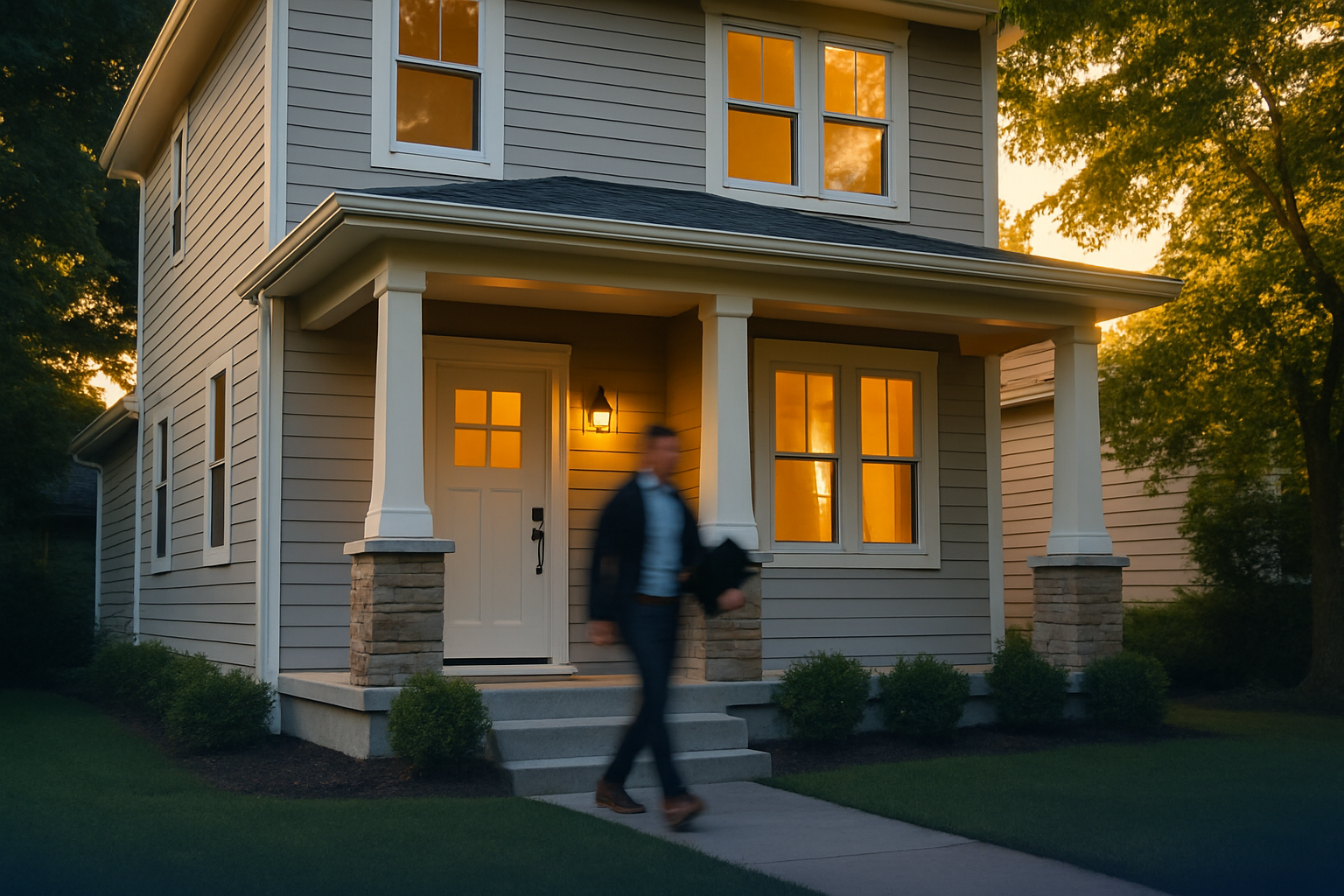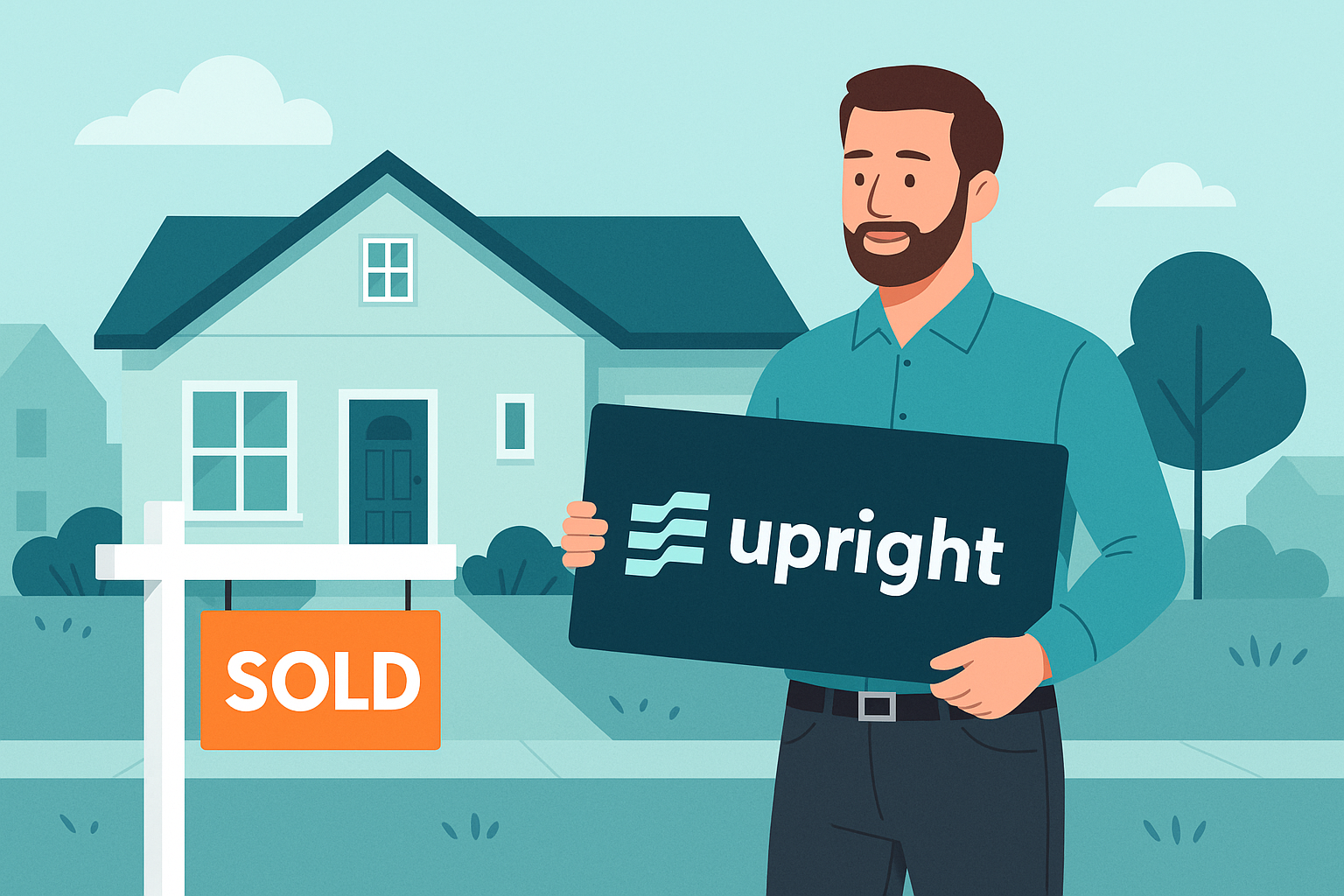Today, we are proud to release a new report into the important role that private real estate developers play in creating economic and social improvements in the communities where they operate.
‘Here Comes the Neighborhood’ draws on multiple authoritative sources, as well as our own original research, to paint what I believe to be the most comprehensive picture yet of the positive impact that our investors and others like them have, every time they build or rehab a property.
The full report is available to download for free, here. Please take a look, as I would love to know what you think.
I can summarize the conclusions in three points:
- Communities and neighborhoods benefit economically from redevelopments, in both the short and long term;
- There are also many less tangible, but no less real, social benefits that in turn contribute to stronger community-building;
- Private real estate developers play a vital part in solving our nation’s chronic housing shortage
The economic benefits of neighborhood developments
Study after study bears out our lived experience — that new developments increase the value of comparable neighboring properties, benefiting the whole community.
But that’s not all.
Rehabbing properties and building new ones creates jobs; and not just the obvious construction jobs. Small businesses like shops and restaurants are more likely to locate themselves in attractive streets, without vacant lots or dilapidated properties as their neighbors. The economic benefits of this continue to be felt long after the developer has moved on to their next project.
Our team conducted some analysis of the economic value our investors generated in 2022: $800M of income last year, plus an estimated $40M of income annually, on an ongoing basis. On top of that, we created 8,500 jobs, with $486M in salaries, wages and tax revenue. And that’s just our company. Versions of this happen across our sector.
‘The Mister Rogers Effect’
The positive economic impact of private real estate developers is beyond dispute. But I have long believed that the effects of new developments go way beyond dollars and cents.
Economic data are easy to come by, but less attention is paid to the effect of the built environment on factors such as physical and mental health. However, we have uncovered multiple pieces of research that show the negative effects of living in a neighborhood with vacant lots and/or rundown properties: Vacant, rundown properties may lead to an increase in crime, are major fire hazards, and can be shown to lead to anxiety among those who live nearby.
Transforming those eyesore or unsafe sites into attractive homes not only enhances the visual amenity of the neighborhood but as a result, contributes to an improvement in the well-being of local residents.
Simply put, people in neighborhoods that have benefited from the redevelopment of housing are happier, safer, and able to enjoy better physical and mental health.
We call this ‘The Mister Rogers Effect’, after the children’s television presenter who championed neighborliness.
It may not be top of mind when our investors are selecting their projects, but the evidence suggests that they are nevertheless contributing to "a beautiful day in the neighborhood."
Fighting to meet the housing demand
There is a well-documented housing shortage in this country of between 3.8M and 6.8M homes, depending on how you calculate it. But whichever formula you use, there is a huge gulf between demand and supply, pushing up house prices, and locking many would-be homeowners out of the market.
Our report explores the many reasons for this state of affairs, but I am less concerned with how we got here than I am with what can be done about it. And this is where I once again see a vital role for private real estate developers.
Much house building in the U.S. is undertaken by a small number of publicly traded companies. In 2022 the Top 10 builders accounted for 43.2% of new single-family home closings. But that still means around half of all single-family home closings are undertaken by people like our investors. Private real estate developers built or rehabbed around 800,000 residential properties last year. That’s huge. But here’s the thing: They would like to build even more.
Our original research shows that what is holding back private real estate developers is not availability of suitable properties or land, but other factors like access to labor and materials and, crucially, access to funding.
Well, that’s one area we can do something about, by making the case for more accredited investors to see the value of real estate investment, and connecting them with active investors through our platform.
When we talk about "value" in real estate, we are usually referring to monetary value; we are, after all, primarily concerned with maximizing returns for our investors. But our new research prompts me to think about value more broadly: About the value of putting more roofs over people’s heads; the value of spurring economic growth within communities; and the value of creating stronger, more attractive and more cohesive neighborhoods.
The 'Here Comes the Neighborhood’ report reminds us that we should be doing all we can to make it as easy as possible for this nation’s army of private real estate entrepreneurs to build more homes, better homes, accessible homes.
Start investing today and check out our open investment opportunities, or apply for a loan for your next redevelopment or build.






